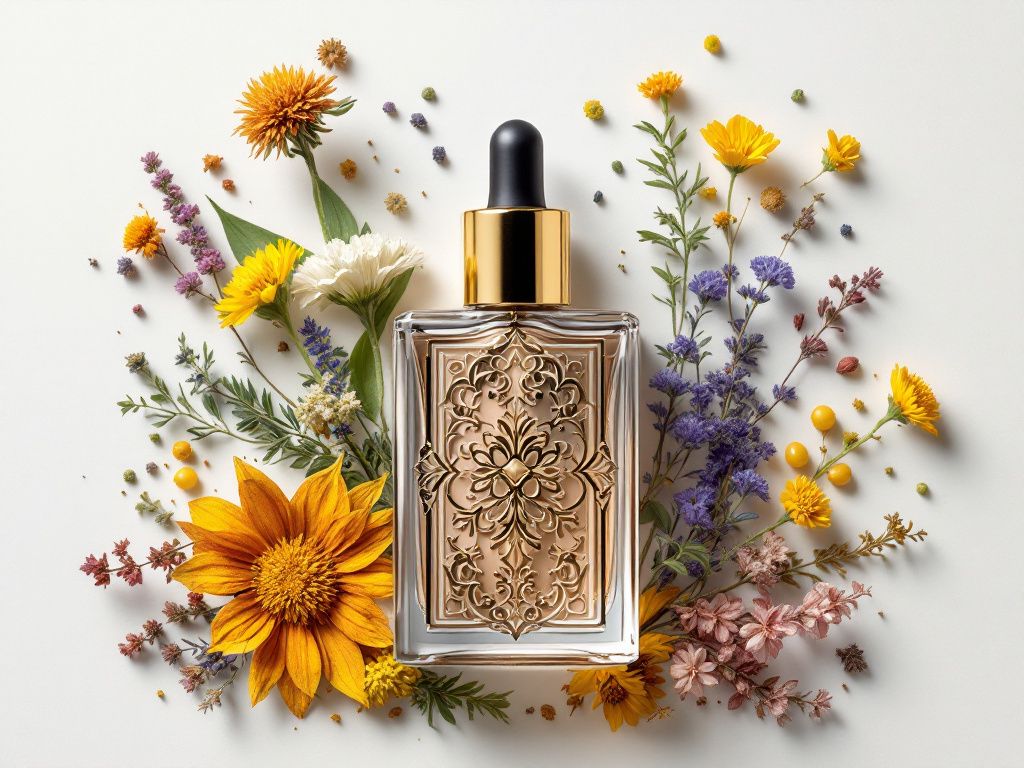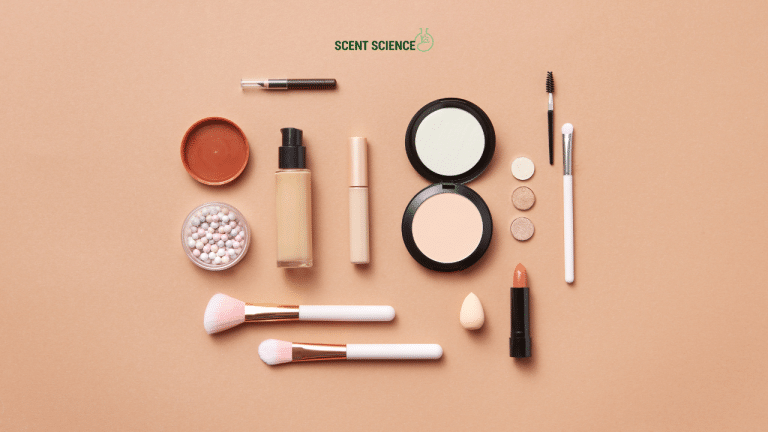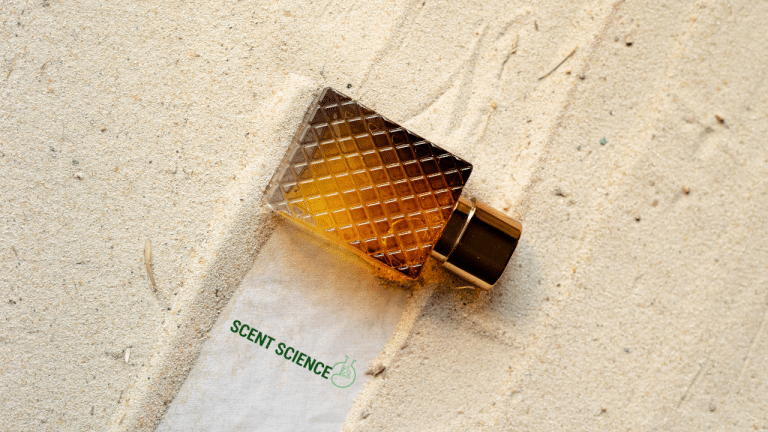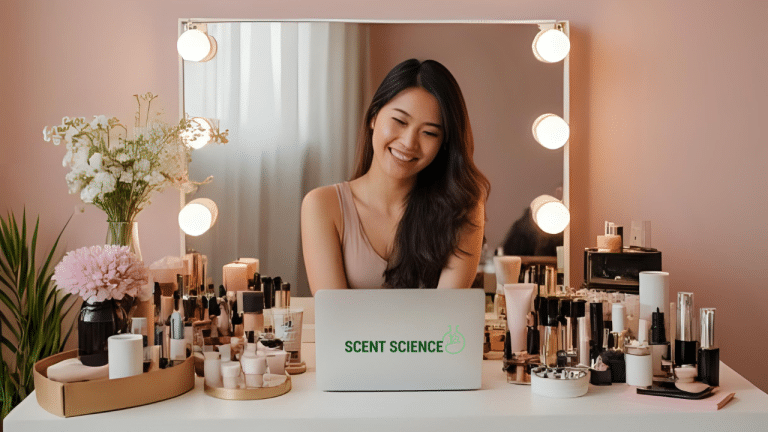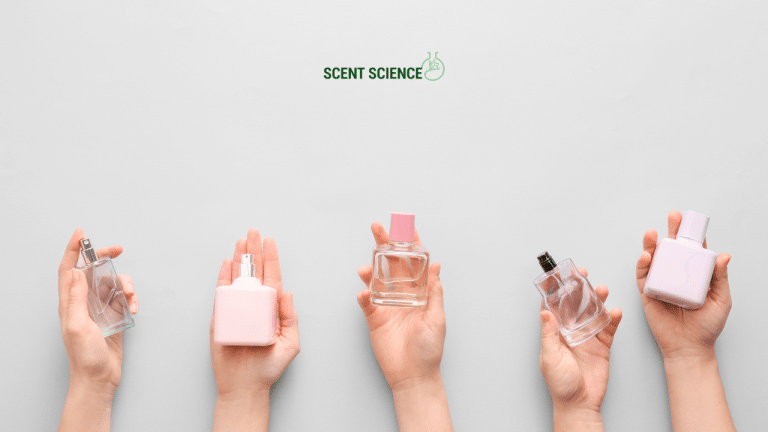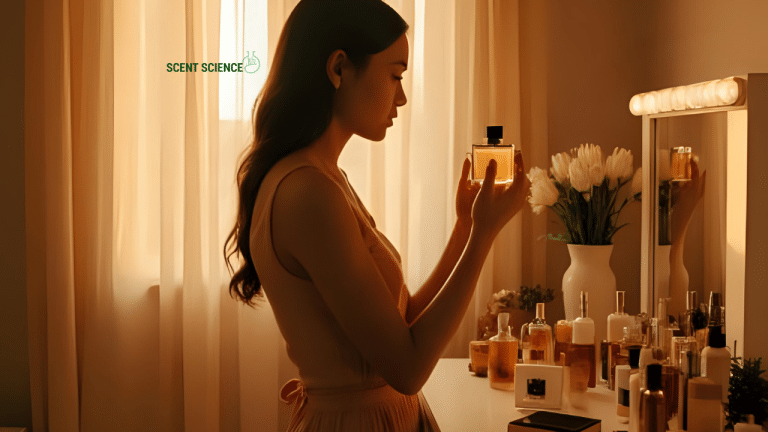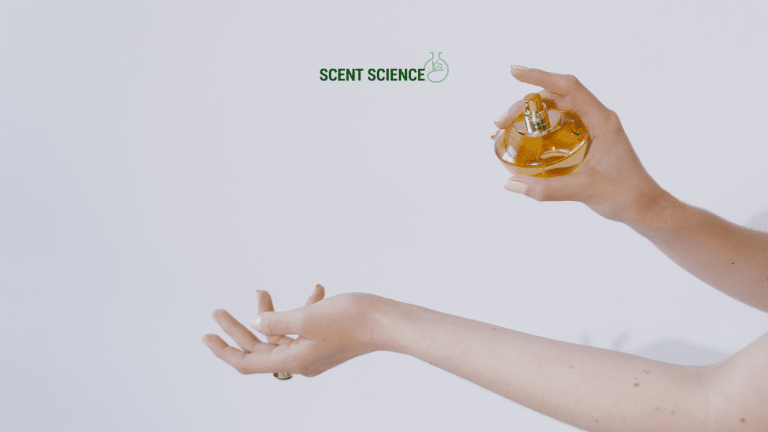Picture this: You’re walking past a bakery and suddenly you’re wrapped in a warm, sweet cloud of vanilla and cinnamon. Instantly, you’re transported back to your grandmother’s kitchen, enveloped in nostalgic bliss. This can be explained through the science of scent combinations, a fascinating field that explores how various smells interact with each other to evoke emotions and memories.
Table of Contents
ToggleThe Magic Behind Scent Combinations
Here’s the thing about scents—they’re not just fragments floating in the air. They’re complex powerhouses of memory and emotion. The secret lies not only in individual fragrances but in how these fragrances are combined. Have you ever wondered why certain perfume blends make you feel like you’re on top of the world while others are, frankly, overwhelming? Welcome to the enchanting world of scent combinations.
At the center of this journey is the art cents, yet u blending. Professionals spend years mastering the blend of different scents, yet understanding the basics can set anyone on the path to creating personalized fragrant experiences. Simply put, understanding scent combinations isn’t just about pleasing your nose—it’s about crafting an emotional narrative.
How We Experience Scent
Let’s start with a little science. Smell, or olfaction, is one of our oldest senses. When we inhale, scent molecules bind to receptors in our nose. These receptors send signals to the brain’s limbic system—a region closely linked to emotions and memories. No wonder that warm whiff of lavender instantly calms us!
So within the wide workspace of scent combinations, certain rules do apply. Like a symphony of notes working together to produce music, a well-combined set of scents does the same—creating emotions, nostalgia, and even healing effects.
Components of a Fragrance
To start blending like a pro, you first need to understand fragrance structure. Perfumers think of scents as having three primary notes:
- Top Notes: These are your initial whiffs. Fresh and light, like citrus or herbal scents, they are what hit your nose immediately but dissipate quickly.
- Middle Notes (Heart Notes): These are, you guessed it, the heart of your fragrance. Often floral or spicy, they develop once the top notes fade, wrapping you in a warmer scent.
- Base Notes: These are deep, additive notes like musk or vanilla. They stick around the longest, providing that lingering fragrance and emotional volume.
When all these notes combine harmoniously, magic happens. A simple dab on the wrist or a spritz over clothes, and you’ve got yourself a story in scent form.

The Art of Fragrance Blending
Okay, but how do we start? Roll up your sleeves because fragrance blending is your palette, and you’re the artist!
The ABCs of Crafting Scent Combinations
Start Simple
**Initial Exploration:** Begin with two or three essential oils. Think a citrus top note paired with herbal middle notes and a warm base note. Trust me, this won’t be overwhelming. It’s like a formula you can tweak and explore over time.
Theme: Think Seasonally or Occasion-Based
**Occasional Blends:** Winter might call for spicy, warm combinations while summer might shout florals and fresh. There’s no right answer—only what feels right for you.
Solve A Test Tube Puzzle
**Experiment in Small Batches:** Create sample batches before you commit—after all, who wants a bottle of disaster scent? Use small testing vials to mix ratios and sniff!
Keep it Balanced
**Proportion Management:** Fragrance blending is much like cooking. A little jasmine here, a touch of sandalwood there. If one scent dominates, it may lead to an unbalanced blend.
Let it Linger
**Cure the Scent:** Much like a good stew, perfumes improve with time. After blending, let it sit to meld the scents together—this ‘curing’ unlocks fuller scent profiles.
Tools of the Trade
To blend your ideal fragrance, you’ll want to make sure your toolbox is stocked:

- Essential Oils: Your lifeline here. Have a range—citrus, herbal, floral, and spices.
- Carrier Oils: Grapeseed or jojoba are great for diluting without dampening.
- Measuring Droppers: Precision is key.
- Perfumers Alcohol: To structure these oils into fragrance-worthy blends.
- Glass Mixing Vials: Nobody wants leftover funk from previous blends messing up fresh concoctions!
- Pen and Paper: Track those compositions—memory lane gets jumbled without them.
Real-Life Scent Combinations
To give you a taste of what’s possible (literally for the nose), here’s a table with popular scent combinations and the feelings or atmospheres they evoke:
| **Combination** | **Notes** | **Mood/Evoke** |
|---|---|---|
| Citrus, Lavender, Oak | Fresh, floral, woodsy | Calm, refreshed, grounded |
| Jasmine, Ylang Ylang, Sandalwood | Floral, sweet, warm | Elegant, upbeat, sophisticated |
| Spearmint, Eucalyptus, Cedar | Minty, herbal, woody | Invigorating, cool, adventurous |
| Bergamot, Chamomile, Musk | Citrus, floral, deep | Balanced, soothing, reflective |
These options provide a playful, creative start for you to explore your very own combinations! Once you’ve played around, you’ll find new favorites that express your personal flair.
Beyond Smell – Engaging the Senses Holistically
Smell alone is powerful, but imagine enhancing an experience by engaging other senses. Synesthesia is where scent experiences match taste, color, or even texture, intensifying overall enjoyment. For example, pairing a spicy orange blend with a tangy ginger tea can spark invigorating autumn evenings.
Try this approach: Pair scent experiences with colors that match the mood. Cool blues for calm or like sun-sheened yellows for lively excitement. Think of scent combinations as accompaniment to your own symphony of atmosphere.
Integrating Scent Combinations into Everyday Life
So you’ve gotten the scent bug and want to incorporate combinations beyond making perfumes. We’ve got you covered with some suggestions that will gift sensory pop to your everyday world:
Creating Atmosphere at Home
**Incense/Essential Oil Diffusers:** Transform an entire room’s energy.
**Baking & Cooking:** Use scent combinations to pique taste buds. Vanilla and cinnamon, hello nostalgia!
**Candles:** Homemade scents for personalized aromatherapy.

Boost in Objective Focus
**Office Environment:** Subtle essential oil blends for concentration and calm – say, peppermint and lemon.
Enhance Experiences
**Hot Baths with Oils:** Relax internal tension knots, “Eucalyptus meetup with chamomile,” vibes.
**Fabric Freshness:** Contemplate crafting a wardrobe spray that’s unmistakably you.
Avoiding Common Pitfalls
Overpowering Mixtures
If you’ve doodled a long note of suggestions today, keep this one close! Overloading clear notes can turn invigorating scents into stale annoyances. Sometimes subtler hints last longer anyway.
Understanding Allergies
Some are sensitive to drifty oils—do a patch exercise before extensive application!
Research Insights: Why Scent Building Resonates Today
Scientific studies reveal this favorite tidbit—specific fragrant compositions lower stress. Notably, lavender lowers anxiety due to linalool’s calming trick on neurotransmitters. Coffee scents improve problem-solving by stimulating cognition. That means your newly honed art of crafting scent combinations doesn’t just cause warm feelings. It’s backed with scientific vibrancy to inject tranquility or zest as you choose!
Indeed crafting, experimenting, embracing diversity with scent combinations wields advances welded with pleasure.
—
More than capturing a particular aroma, studying fragrance blending facilitates embracing creativity, cherishing hearty beauty, and reminiscing through embraceable memories. Ultimately, scent combinations are about enhancing life interactions, seasons, and memorable experientials, every unsung signature perfumists indulge toward personal olfactory quests. Aromas entwined into daily routines offer themselves as mere mind-pleasing stimuli in the pursuit for handcrafted joys.
The next time a scent combination captures you, remember it’s more than blending oils, it’s about composing harmonious sensory chapters in life’s book. Embrace it and smell the richness! Varied adventures await: trust the whispers, and find your fragrance identity.
Frequently Asked Questions
ما هي فوائد الصابون الطبيعي للبشرة الحساسة?
يحتوي الصابون الطبيعي على مكونات طبيعية وقليلة من المواد الكيميائية القاسية، مما يقلل من احتمالية حدوث تهيج أو تفاعلات جلدية. يعمل على تنظيف البشرة بلطف دون أن يسبب جفافًا أو تهيجًا، ويحافظ على توازن البشرة. بالإضافة إلى ذلك، يحتوي على فيتامينات ومعادن طبيعية تساهم في تحسين مظهر البشرة وجعلها أكثر إشراقًا ونضارة[1][2][4>.
كيف أختار الصابون الطبيعي المناسب للبشرة الحساسة?
يجب اختيار صابون طبيعي خالٍ من العطور والزيوت والبارابين để لا يسبب تحسس أو جفاف البشرة. يجب البحث عن صابون يحتوي على زيوت نباتية وزبدات طبيعية مثل صابون الأفوكادو أو صابون الحليب والزيتون، والتي تساعد في ترطيب البشرة ومنع جفافها. يجب أيضاً أن يكون الصابون قد خضع لاختبارات أطباء الجلدية لضمان لطافته على البشرة الحساسة[1][2][4>.
ما هي أنواع الصابون الطبيعي التي تناسب البشرة الحساسة?
هناك العديد من أنواع الصابون الطبيعي التي تناسب البشرة الحساسة، مثل صابون الأفوكادو الذي يحتوي على زيت الأفوكادو الغني بالدهون الصحية والفيتامينات، وصابون العسل والحليب الذي يساعد في تنظيف وترطيب البشرة وتهدئة التهيجات. كما يمكن استخدام صابون الشوفان الذي يعمل كمقشر طبيعي للبشرة ويزيل الجلد الميت والشوائب[2>.
كيف استخدم الصابون الطبيعي بشكل صحيح للبشرة الحساسة?
للاستفادة القصوى من فوائد الصابون الطبيعي، يجب استخدامه بشكل صحيح. يجب استخدام الصابون بلطف، دون فرك البشرة بقوة، وغسل البشرة بانتظام دون التسبب في جفافها. يجب أيضاً تجنب استخدام الصابون في المناطق الحساسة أو التالفة من البشرة[2>.
References
